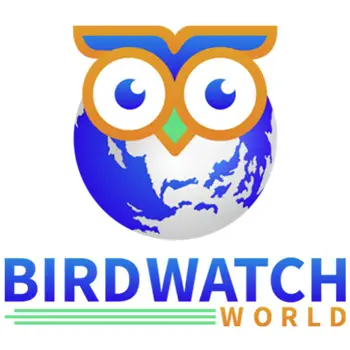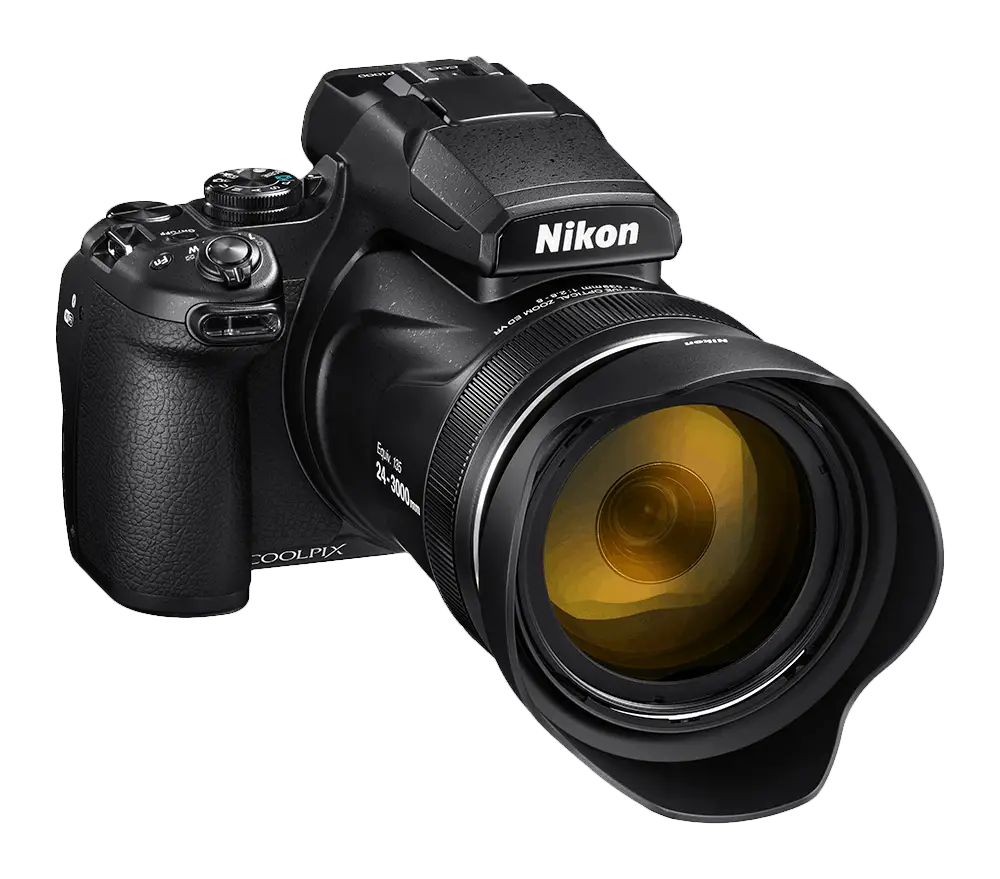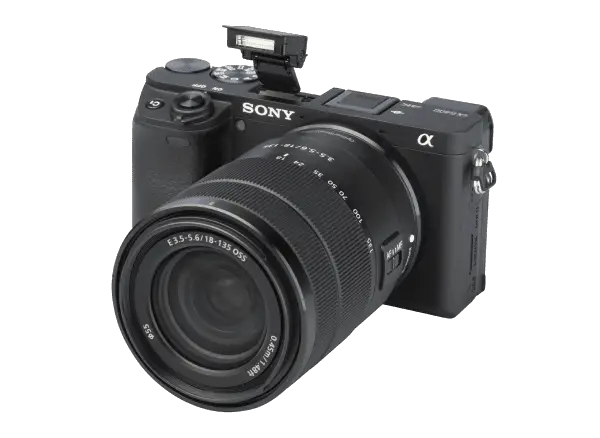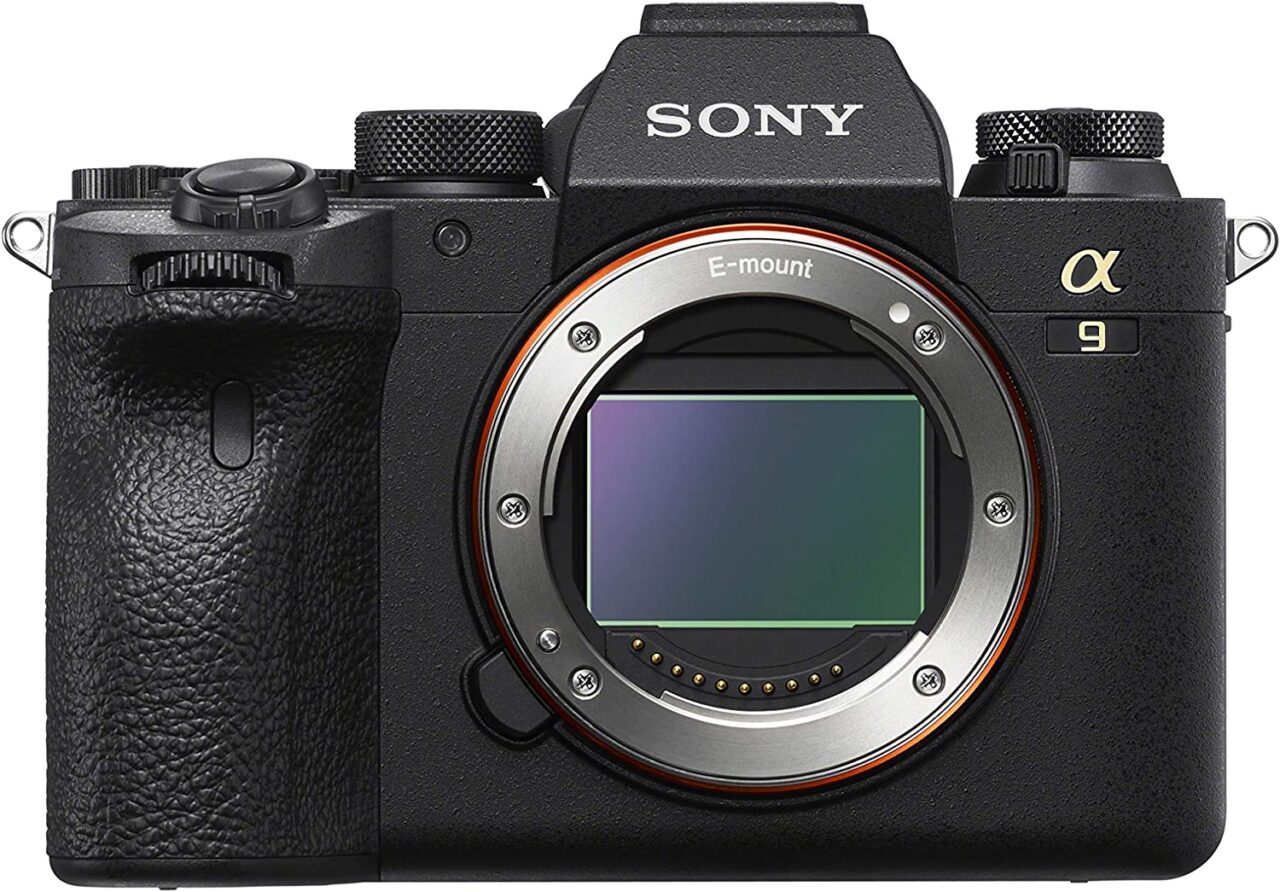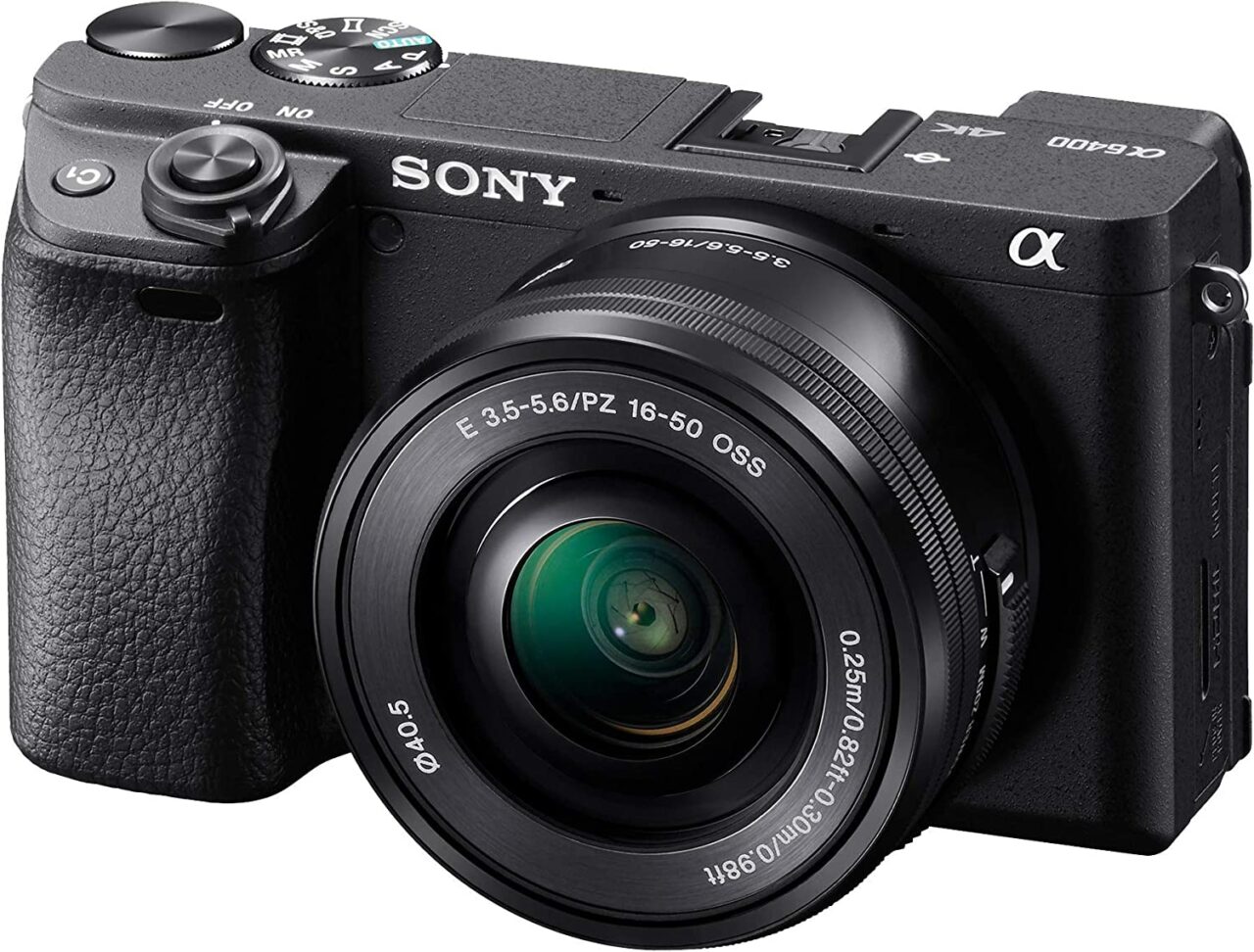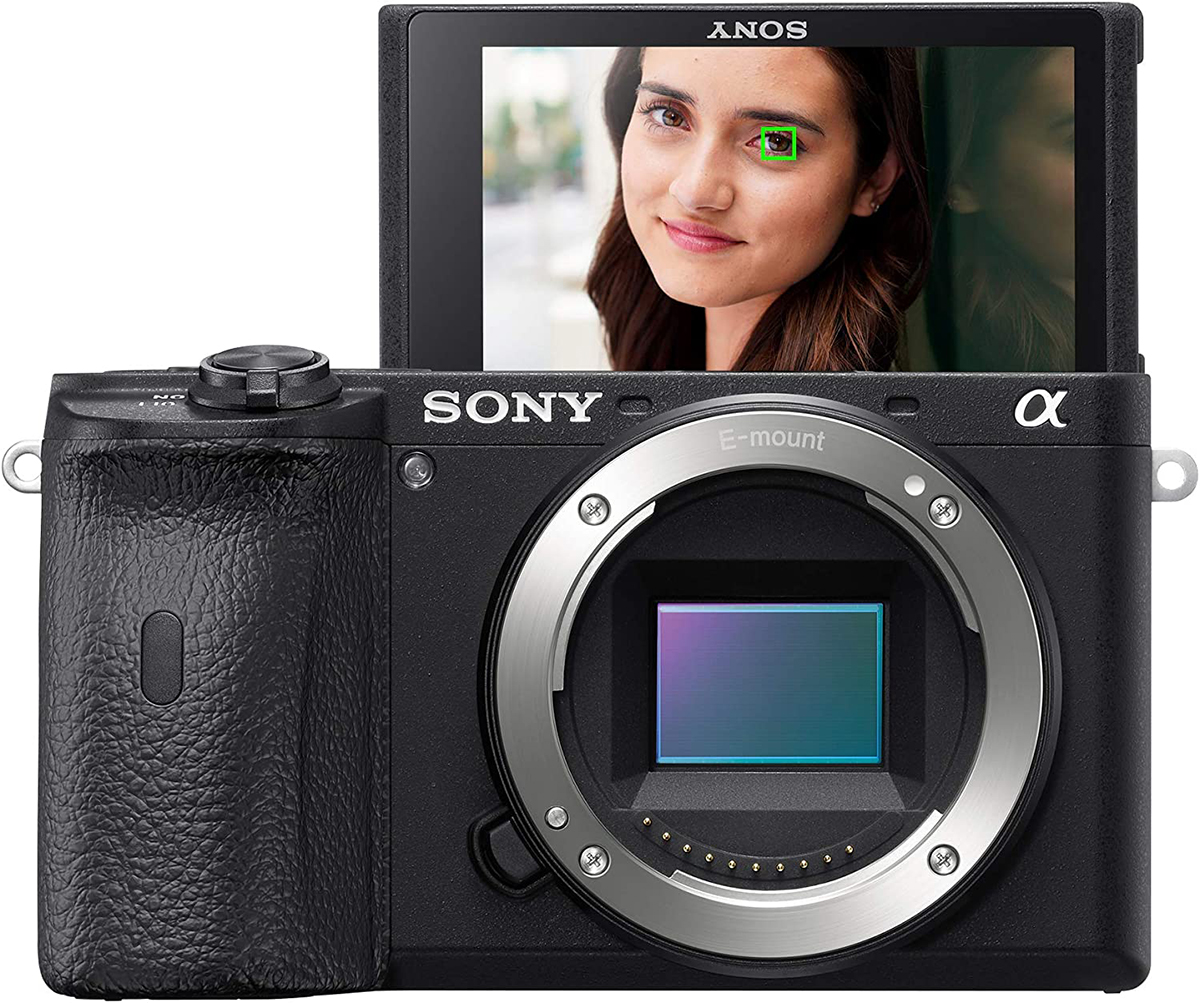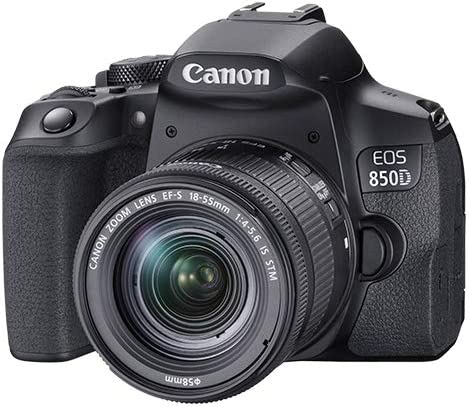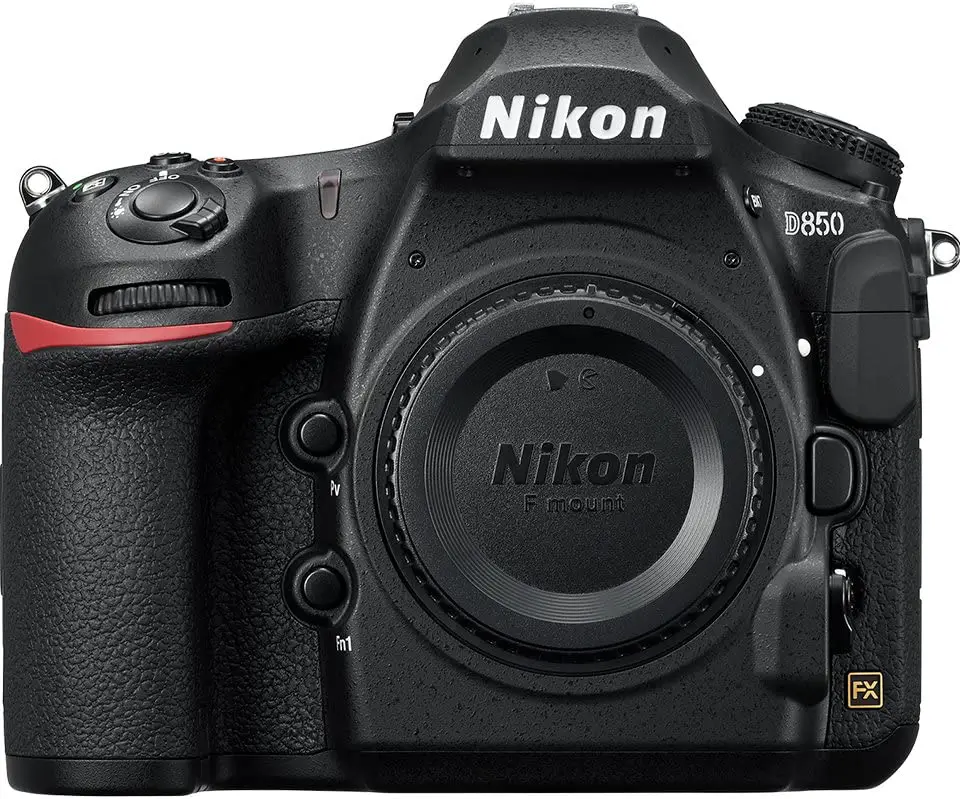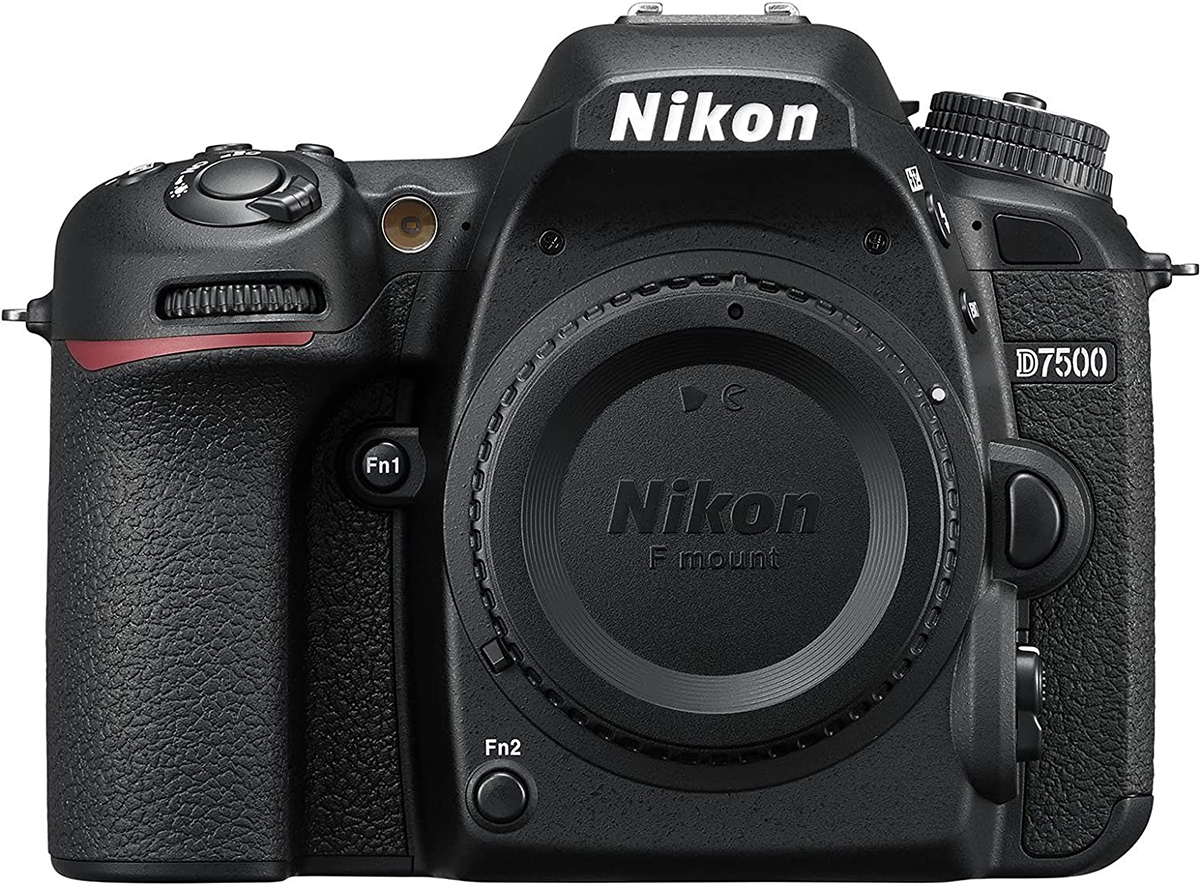Rather than offer you specific brands or models of cameras that are good for bird photography, this article is going to help you with all the features to look for in a bird photography camera. Armed with the information you learn here, you can then go out and find the right camera from your preferred seller. I will also offer some of my recommendations for great bird photography cameras in different price ranges.
The best camera for bird photography is one capable of shutter speeds above 1/1600th sec, with a fast and accurate autofocus system and good high ISO performance. Continuous shutter release and a variety of other features can be advantageous. Some of those other features are listed in this article.
Read on to discover the features you should look for in a bird photography camera. I will go through each feature and explain why they are necessary. Let’s get you armed with all the information you need to get yourself a great camera for bird photography.

As an Amazon Associate, I earn from qualifying purchases. Birdwatch World earns commissions from Amazon and similar affiliate programs from any purchases made via links in this article.
Skip right to the camera recommendations here.
What Type Of Camera For Bird Photography?
The first question you might be asking is “what type of camera do I need for bird photography?” This is a very simple question to answer. You will need a DSLR or mirrorless DSLR camera.
Compact cameras or point-and-shoot as they are often called do not have the versatility you need when it comes to settings. With most of them, you can’t adjust the shutter speed, aperture, and ISO independently and you need to do this for bird photography. In addition, they do not have the zoom capabilities required.
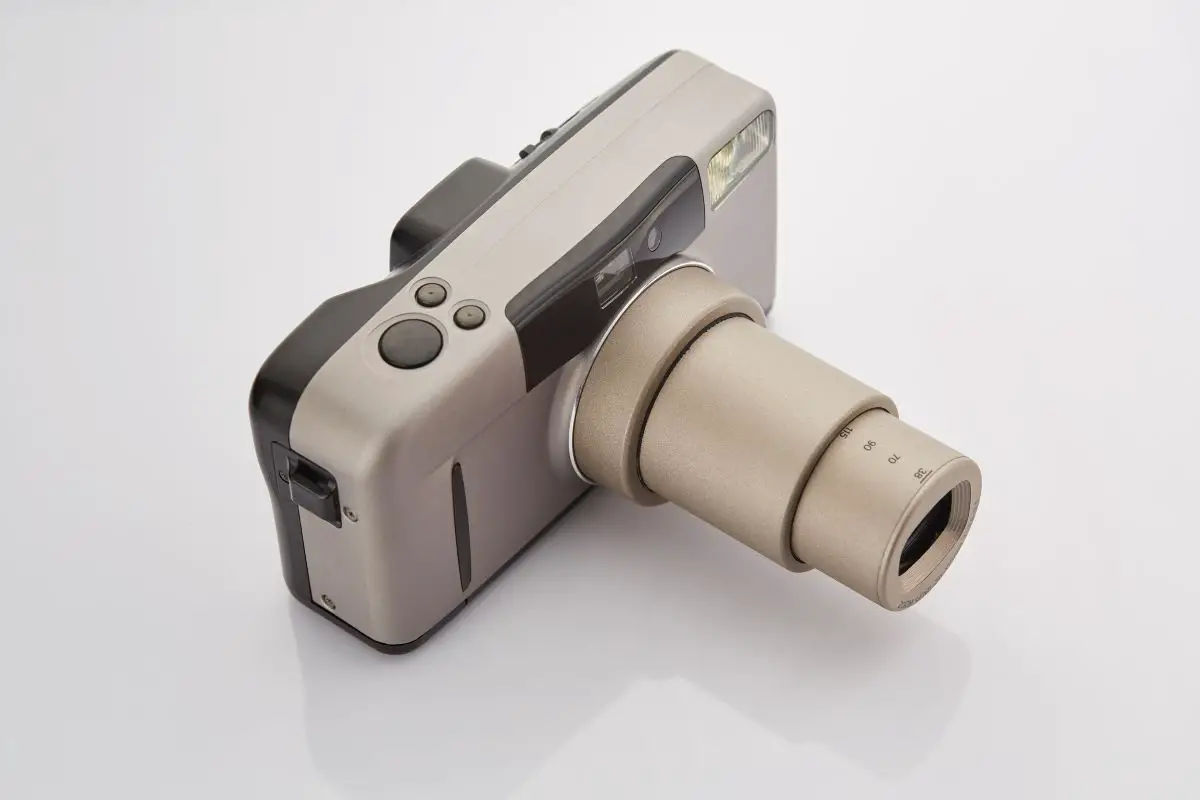
DSLR cameras, both mirrorless and those with mirrors, generally have a wider scope of settings and more controllability. You also need to consider whether a full-frame or crop-sensor camera is best for your needs. I will discuss this later in the article.
There are cameras called bridge cameras that are suitable for bird photography. These feature fixed zoom lenses instead of interchangeable lenses.
One that comes to mind is the Nikon Coolpix P1000. This is a 16-megapixel camera with an incredible 24-3000 mm zoom. There are drawbacks to this camera, however. One of which is that it only has 9 focus areas which is nowhere near enough for some situations.
This type of camera can be a great place to start in bird photography. If you are interested you can get more information on the Coolpix P1000 at Amazon, Adorama, or eBay via this link.
What Camera For Bird Photography? – Shutter Speed
Shutter speed is perhaps the most important feature of a camera for bird photography. Birds move very fast and if your camera isn’t capable of fast shutter speeds, you will end up with a lot of blurry images.
At the beginning of the article, I mentioned a shutter speed of 1/1600 sec. This is a base speed to aim for. You will need much faster shutter speeds to capture birds in flight or tiny birds that move very quickly. You can capture sharp images at much lower shutter speeds but choosing 1/1600 sec or faster will ensure you get more images you can be proud of.
When I am shooting birds in flight, I will rarely use a shutter speed slower than 1/1250 sec. If I want to completely freeze the movement of their wings, I will use 1/4000 sec; the fastest shutter speed my camera is capable of.
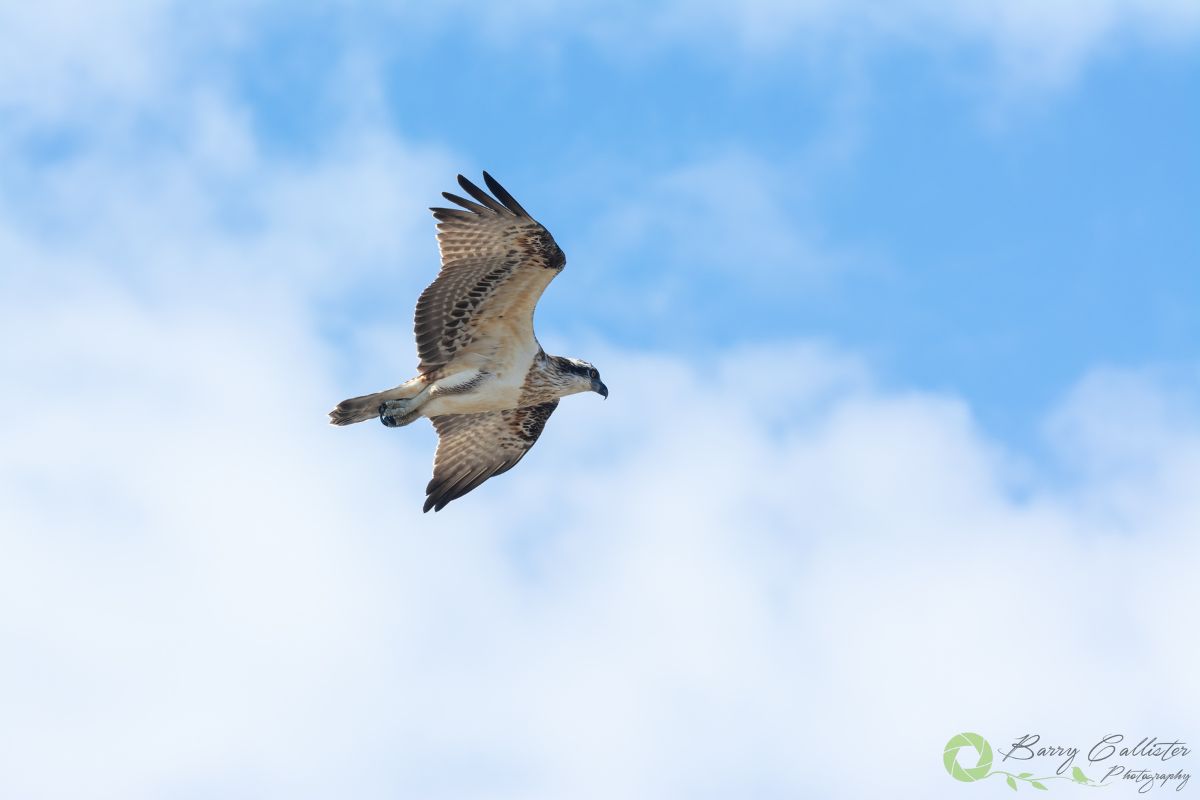
It depends on the type of bird and what the birds are doing at the time of the photograph. If they are gliding through the air, not flapping their wings, you can use slower shutter speeds.
The image above was taken at 1/1000 sec. It is not the sharpest photo but the wing tips which are usually the hardest thing to freeze in a bird-in-flight photograph, show no motion blur.
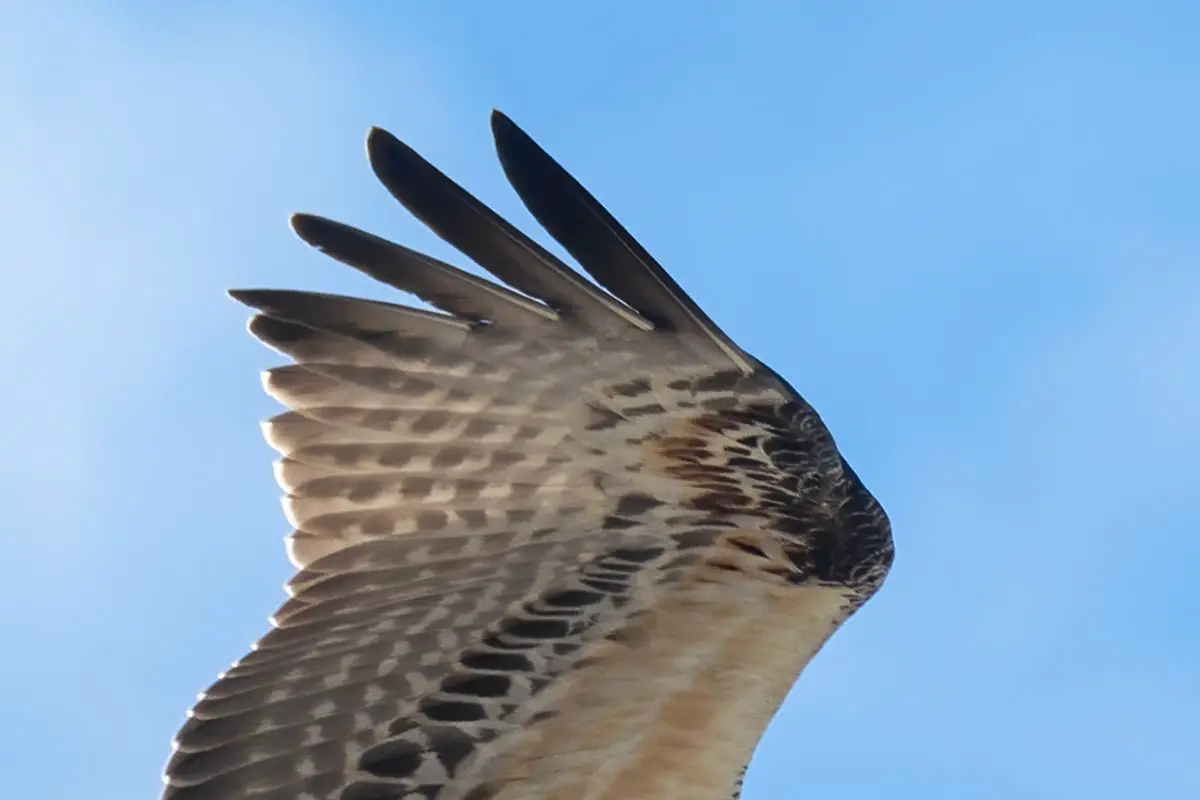
The best rule of thumb for bird photography is to use the fastest shutter speed you can for the available light conditions. Many modern cameras are capable of shutter speeds of 1/8000 sec.
What Camera For Bird Photography? – Autofocus
The second most important feature of a camera for bird photography is the autofocus system. When shooting bird photography, you need the camera to control the focus for you. Many cameras have autofocus systems that just can’t keep up with moving subjects like birds.
The two best autofocus systems on the planet right now are made by Sony and Canon. You will get shots in focus using other brands of cameras, you may just not get as many as you would with a good Sony or Canon mirrorless camera.

Autofocus for bird photography can be broken down into how fast the focus is, how accurately it can follow a moving subject, the variation of focus points available, and whether or not you can set up back button autofocus.
How Fast Is The Autofocus?
How quickly a camera focuses depends on both the camera and the lens you are using. Both Sony and Canon offer mirrorless DSLR cameras that focus incredibly fast.
Sony’s a6400 and a6600 mirrorless cameras boast the fastest autofocus in the world at 0.02 seconds. I own an a6400 and can attest to just how fast the autofocus is.
It is not necessary to purchase a camera with the fastest possible autofocus. You will still get great photos with cameras that focus slower, however, faster focusing will give you that extra edge in moments of intense action.
How Accurate Is The Autofocus?
This is far more important than the speed at which the camera focuses. Accuracy of focus will mean the difference between a shot where the bird’s eye is in focus and one where it is not.
It really is hard to beat the Sony autofocus system when it comes to accuracy. Throughout all of their mirrorless cameras, Sony has implemented the best autofocus system on the planet today in my opinion.
The only thing that comes close to Sony mirrorless cameras is the Canon EOS R5. The R5 has eye, face, and whole-body detect for tracking birds and other animals. Canon users would argue that this is a better autofocus system than Sony but this comes down to the individual.
Number And Variation Of Focus Points
How many focus points your camera has available, as well as how you can position those points is another important feature.
I’m going to come back to Sony here and say that their autofocus area options are among the best. Their range of APS-C sensor cameras from the a6100 upward have 425 focus points that cover almost the entire area of the frame. This ensures that no matter where your subject moves in the frame, you can keep it in focus.

Sony full-frame cameras such as the a7III have 693 points. This covers a greater area of the frame and ensures reliable focus tracking.
The Canon R5 has focus points covering the entire area of the frame. 1053 autofocus zones mean that no matter where your bird goes inside the frame, the camera can focus on it.
Having a large number of focus points doesn’t mean much if you can’t optimize and choose which points you want active and how they will behave. Most modern cameras have customizable options that allow you to position any number of focus points in any part of the frame.
The Sony a6400 for example has Wide, Zone, Center, Flexible Spot: M, Expand Flexible Spot, and Tracking: Expand Flexible Spot. For more information about what these mean, take a look at this Sony Help Guide.
Back Button Autofocus
Back button autofocus is a technique that I have used for years. It involves assigning the shutter release to a button on the back of the camera, enabling you to use both single focus and continuous focus without having to switch focus modes in the camera’s menu.
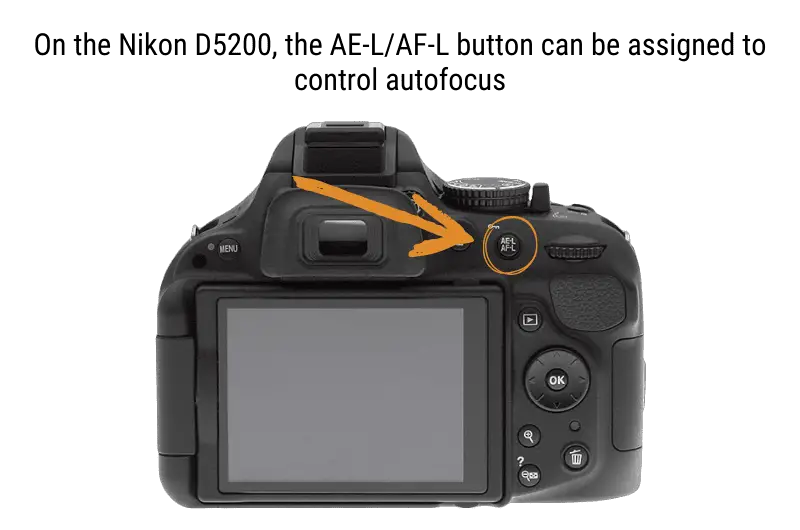
Most modern cameras will allow you to enable this function and assign it to a button on the back of the camera. It’s not necessary to use it and you may find that you don’t actually like using it. It’s a very different way of autofocusing and can take some getting used to.
To learn more about back button focus for Nikon cameras, watch this video on my YouTube channel.
What Camera For Bird Photography? – Sensor Size
Another important thing to consider before purchasing a camera for bird photography is sensor size. The cameras mentioned in this article are either full-frame or APS-C sensor cameras. There are advantages and disadvantages to both.
The size of your camera’s sensor affects things such as how much light it will gather, the size of the image produced, and the amount of digital noise that will be introduced into the images.
Full-frame cameras have sensors based on 35 mm film sizes (36 mm X 24 mm). They capture more than twice the light at their base ISO than an APS-C camera. This means that you will get less than half the noise in your photos, meaning you can comfortably use much higher ISOs.
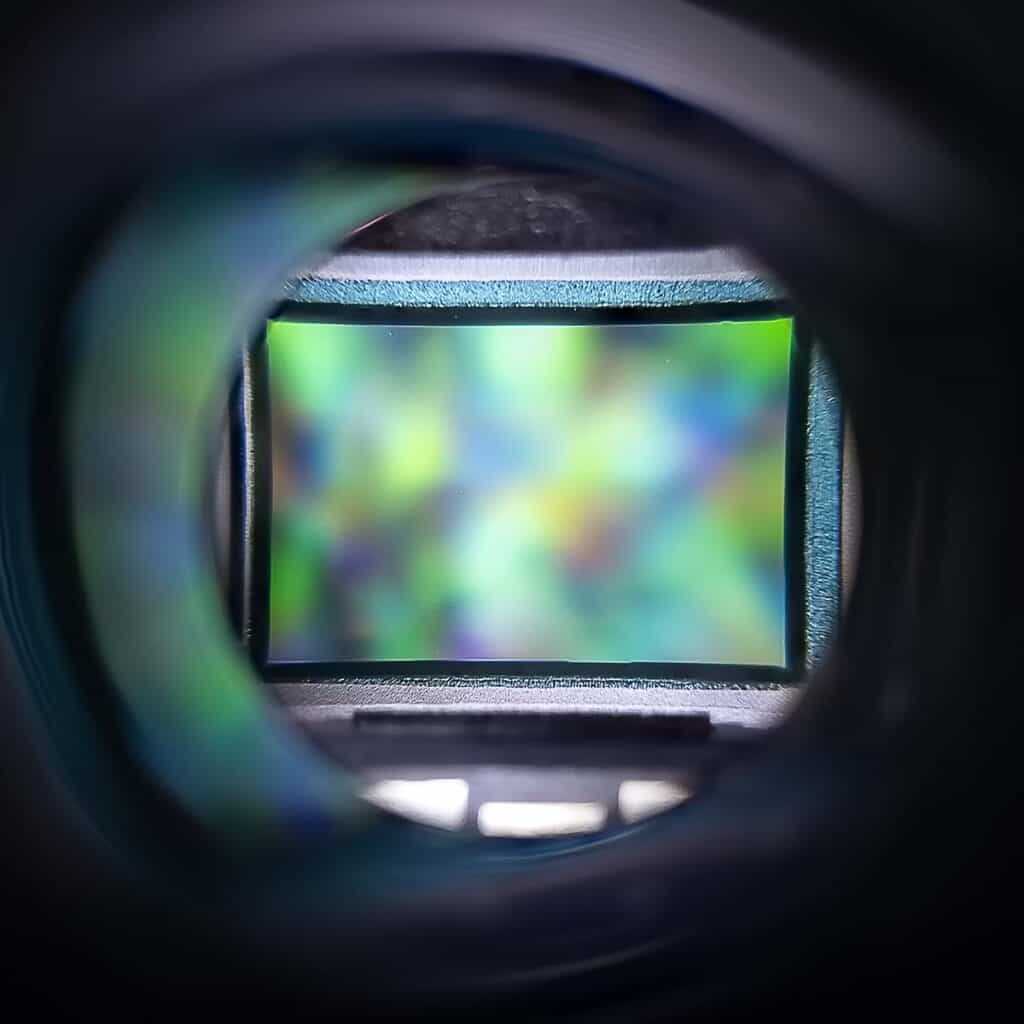
APS-C or crop sensor cameras contain smaller sensors. The sizes differ from brand to brand. Nikon’s APS-C cameras have sensors that are 23.6 mm X 15.6 mm. This means that a smaller part of the image coming through from the lens is captured, resulting in a cropped image. Hence the term crop sensor camera.
There are smaller sizes of crop sensors, for more information, read this article here on my blog.
Crop sensor cameras do not perform as well at higher ISOs; they produce more noise in the images. An advantage to them however is that by cropping the image, they actually give you more zoom. A 300 mm lens on a crop sensor camera acts like a 450 mm lens. If you put a 300 mm lens on a full-frame camera, it performs like a 300 mm lens.
Which sensor type you decide to buy is up to you. You need to weigh up the advantages and disadvantages of both. Full-frame cameras are more expensive, so that could be a deciding factor.
What Camera For Bird Photography? – Recommendations
Now that you know the features to look for in a camera for bird photography, I want to give you a few recommendations. So far this article has been biased toward Sony and Canon cameras but I actually use Nikon mainly.
In this section, I’m going to give you some recommendations for cameras from various manufacturers. I will also recommend cameras in various price ranges.
Sony Full-frame
Sony Alpha 9 II (Expensive)
- Full-frame mirrorless.
- Shutter speed – 1/8000 to 30 seconds.
- Focus points – 693 (with a full-frame lens).
- Focus Area – Wide, Zone, Center, Flexible Spot (S/M/L), Expanded Flexible Spot, Tracking (Wide/Zone/Center/Flexible Spot (S/M/L)/Expanded Flexible Spot)
- Back button focus capability – Yes.
View more information and check current prices from Amazon, Adorama, and eBay via the button above.
Sony APS-C
Sony a6400 (Mid-range)
- APS-C sensor mirrorless.
- Shutter speed – 1/4000 to 30 seconds.
- Focus points – 425.
- Focus area – Wide, Zone, Center, Flexible Spot (S/M/L), Expanded Flexible Spot, Tracking (Wide/Zone/Center/Flexible Spot (S/M/L)/Expanded Flexible Spot).
- Back button focus capability – Yes.
View more information and check current prices from Amazon, Adorama, and eBay via the button above.
Sony a6600 (Mid-range)
- APS-C Sensor mirrorless.
- Shutter speed – 1/4000 to 30 seconds.
- Focus points – 425.
- Focus area – Wide, Zone, Center, Flexible Spot (S/M/L), Expanded Flexible Spot, Tracking (Wide/Zone/Center/Flexible Spot (S/M/L)/Expanded Flexible Spot).
- Back button focus capability – Yes.
View more information and check current prices from Amazon, Adorama, and eBay via the button above.
Canon Full-frame
Canon EOS R5 (Expensive)
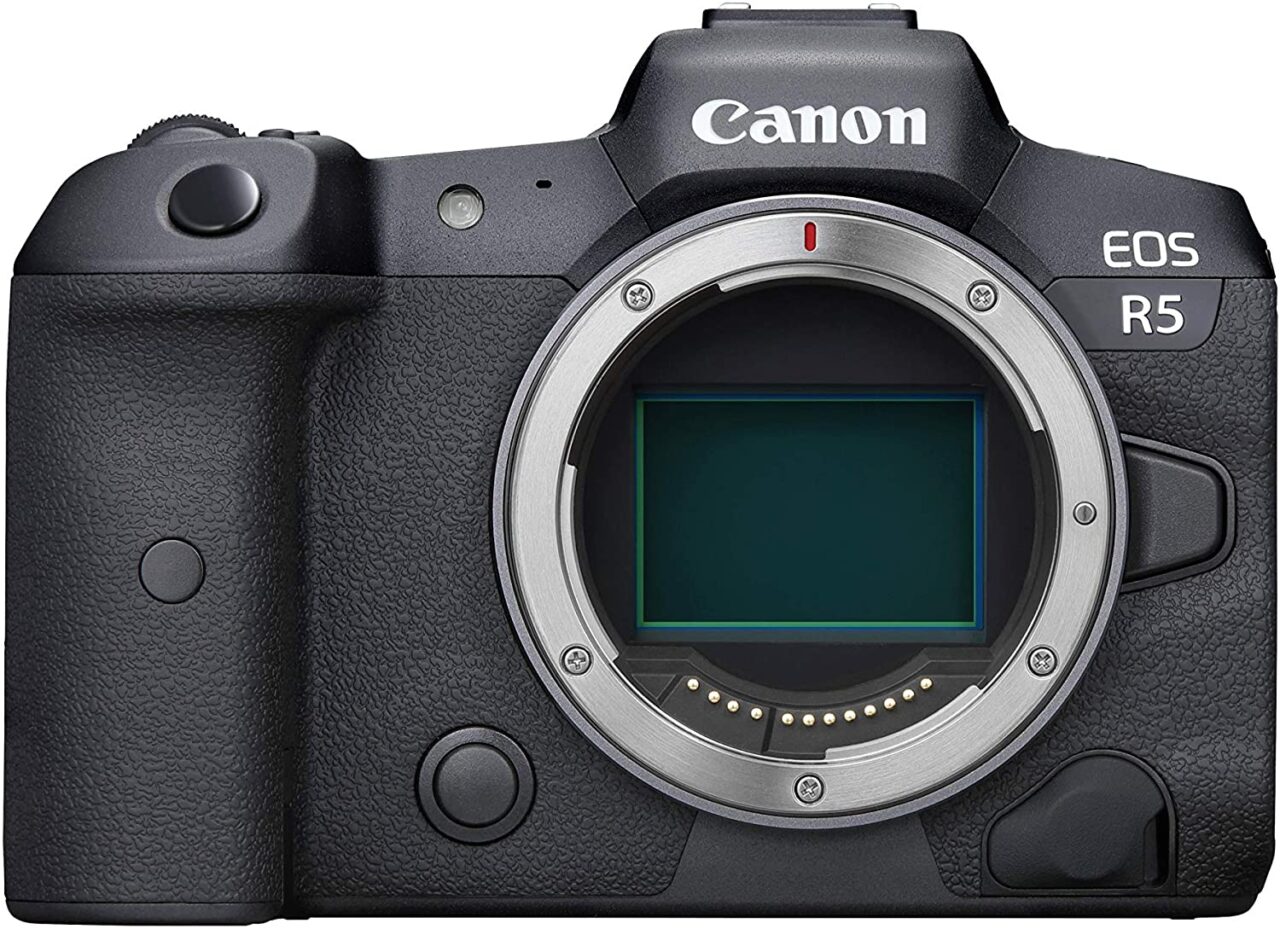

- Full-frame mirrorless.
- Shutter speed – 1/8000 to 30 seconds.
- Focus points – 1053.
- Focus area – Face plus tracking, Spot, 1 point, Expand, Zone, Large Zone (Vertical), Large Zone (Horizontal).
- Back button focus capability – Yes.
View more information and check current prices from Amazon, Adorama, and eBay via the button above.
Canon APS-C
Canon Rebel T8i [850D] (Budget)
- APS-C DSLR.
- Shutter speed – 1/4000 to 30 seconds.
- Focus points – 45.
- Focus area – Single point, Zone, Large Zone, Automatic selection.
- Back button capability – Yes.
View more information and check current prices from Amazon, Adorama, and eBay via the button above.
Nikon Full-frame
Nikon D850 (Expensive)
- Full-frame DSLR.
- Shutter speed – 1/8000 to 30 seconds.
- Focus points – 151.
- Focus area – Face priority, wide area, normal area, pinpoint, subject tracking.
- Back button capability – Yes.
View more information and check current prices from Amazon, Adorama, and eBay via the button above.
Nikon APS-C
Nikon D7500 (Budget)
- APS-C DSLR.
- Shutter speed – 1/8000 to 30 seconds.
- Focus points – 51.
- Focus area – Single point, dynamic area (9, 21, 51 points), 3D tracking, group area, auto-area, face priority (live view), wide (live view), normal (live view), subject tracking (live view).
- Back button capability – Yes.
View more information and check current prices from Amazon, Adorama, and eBay via the button above.
Conclusion
You now know what features to look for in a bird photography camera. Unfortunately, you also know that bird photography is an expensive hobby. It is not really possible to find the budget gear that has all the features you need for great bird photography.
If you are looking for lenses to pair with any of the Nikon or Sony cameras above, read these blog posts here on Birdwatch World:
